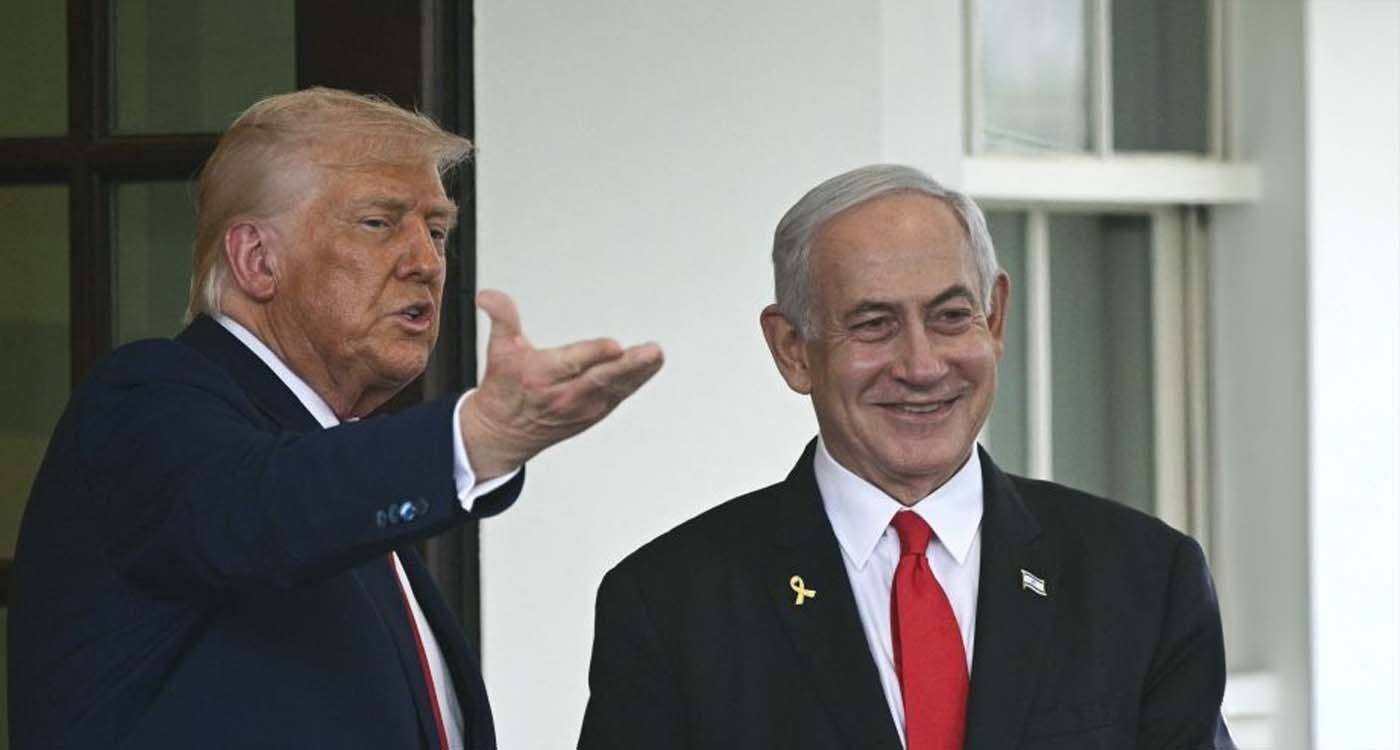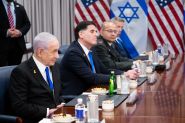- Home
- Middle East
- Netanyahu’s Washington Visit: Navigating Middle East Issues

©Brendan Smialowski / AFP
Israeli Prime Minister Benjamin Netanyahu arrives in Washington this Monday for his third meeting at the White House with Donald Trump in just six months. Against the backdrop of a fragile truce with Iran, ongoing conflict in Gaza, and indirect negotiations between Israel and Hamas in Doha under Qatari mediation, this visit could significantly influence the future of US-Israeli relations that have grown more ambivalent than ever. What can we expect from these talks?
Iran: Disagreements and Opportunities
One of the most urgent issues on the agenda is Iran. The Washington Institute cautions that the fragile ceasefire between Iran and Israel lacks robust mechanisms for monitoring and enforcement. President Trump seems caught between maintaining maximum pressure and preserving diplomatic avenues, while not dismissing the possibility of additional strikes if Tehran attempts to revive its nuclear program.
Meanwhile, Israeli Defense Minister Israel Katz is advocating a strategy of “aggressive containment,” calling for preemptive and systematic military action against any perceived threat. However, without a defined bilateral framework, this stance risks clashing with Washington’s aim to avoid further escalation.
The visit aims to align these divergent approaches and lay the groundwork for a structured diplomatic agreement with Tehran.
Gaza: A Fragile Status Quo Under Close Watch
On Gaza, Trump has refrained from exerting significant pressure to halt Israel’s military operations, instead accelerating arms sales and providing alternative humanitarian funding.
Yet, as Foreign Affairs notes, this unconditional support does not evenly extend across the region. Trump has shown openness to indirect talks with Hamas, contacts with the Houthis, and renewed engagement with Syria—signaling a shift from his first term’s unwavering backing to a broader regional recalibration beyond sole reliance on Israel.
Easing tensions in Gaza is essential for regional normalization, particularly with Saudi Arabia. According to the Washington Institute, several conditions must be met: the exile of Hamas leaders, the release of Israeli hostages, an Arab security presence supervised by the Palestinian Authority, and a carefully managed reconstruction of Gaza.
Within this framework, Trump may encourage Benjamin Netanyahu toward a tactical de-escalation while preserving Israel’s military dominance over the enclave.
The Abraham Accords: Reviving a Regional Vision
A central goal of the visit, according to the Atlantic Council, is to revive the Abraham Accords—Trump’s landmark first-term achievement that normalized relations between Israel and several Arab states.
Today, Trump aims to expand these agreements to additional countries, notably Syria, through a phased approach. Syrian leader Ahmad al-Sharaa’s openness to regional cooperation, backed by Doha and Riyadh, alongside the potential easing of US sanctions, presents a rare opportunity.
However, Washington faces the challenge of persuading Netanyahu to embrace symbolic and political compromises toward Damascus—a crucial test of Israel’s willingness to engage in a new regional framework beyond a purely security-focused paradigm.
Thus, Benjamin Netanyahu’s visit to Washington highlights a constant in US-Israeli relations: unwavering support on the Palestinian issue, but recurring divergences whenever Israel encroaches on US strategic priorities—whether concerning Iran, Syria, or the Gulf.
On the Iran front, the direction is clear: Trump will not follow Netanyahu into uncontrolled escalation. This dual stance—unconditional support on the Palestinian issue, coupled with pragmatic recalibration elsewhere—will define the Middle East policy of Trump’s second administration.
Read more




Comments